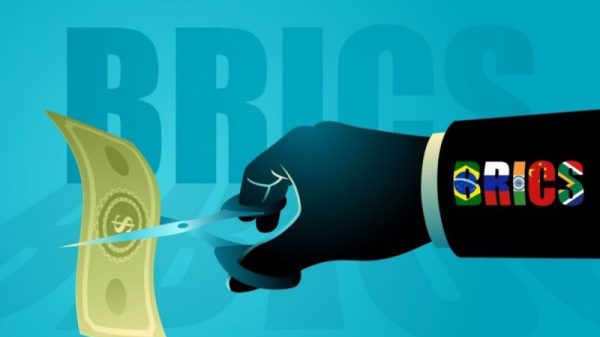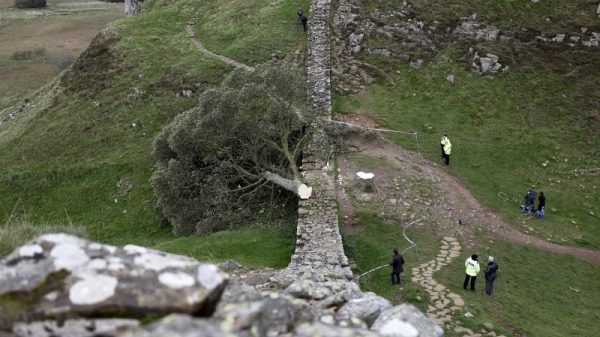As a world renowned golfer, Tiger Woods is no stranger to the challenges and complications in the golfing world. However, beyond the golf course, he recently finds himself embroiled in an unexpected venture of a different nature – a trademark dispute. In connection with his new brand ‘TGR’, a sleek tiger-striped logo was designed that is now at the center of the legal tangle. This is because another entity, Paramount Builders, have claimed that they already have a hold on a similar logo design.
To dissect the nature of the dispute, it’s critical to underscore the relevance of trademark rights. A company acquires an exclusive ownership to the logos, names, or distinctive signs under its operations upon successfully registering them. Trademarks are a facet of Intellectual Property (IP) laws, and their infringement is seen as an unlawful act, usually resulting in legal repercussions.
Tiger Woods’ company, TGR Live, had applied for a new logo trademark via the United States Patent and Trademark Office (USPTO) in 2017. Brutally aesthetic, the proposed logo shelters a majestic tiger’s face enhanced with striped patterning, smoothed down to a few simple lines. Intended for its range of clothing products, the design has been under the legal scanner due to its striking resemblance to the logo of Paramount Builders Inc.
Paramount Builders, a home remodeling firm based out of Virginia, had adopted a rather similar logo for their venture. Their variant – also a tiger’s face shown in profile implemented in pruned-down lines – was registered with the USPTO in 2015. The company lawyers highlighted this existing brand trademark, filing a notice of opposition against Woods’ application.
TGR Live was presented with two counterarguments to their filing – the similarity in design and the likelihood of confusion. Paramount Builders underscored that the close resemblance between the two logos could lead consumers to perceive a false connection or association between the two entities. This could indeed harm their business reputation and goodwill in the marketplace.
Flooring the legal intricacies, Tiger Woods’ lawyers continue to assert the authenticity of their design. They stated the design presents a tiger in a uniquely stylised manner and highlights that the real fear of the Paramount Builders is Tiger Woods’ fame and recognition which could overshadow their logo, instead of a genuine concern about brand confusion.
This dispute is a potent reminder of the extreme importance of conducting rigorous trademark research before aligning with a brand logo. It also underlines that trademarks are not just about protecting a logo but preserving the brand’s reputation, a company’s goodwill and preventing consumer confusion. The resolution regarding this legal battle remains eagerly awaited, as it continues to unfold in the realms of trademark law and sports branding.
An integral part of the urban business landscape, the trademark disputes are not uncommon amongst businesses vying for individuality while caught up in the web of omnipresent inspiration. Complex, intricate, and nuanced, such battles highlight the profound intersection of creativity, commerciality, intellectual property rights and the law.






























